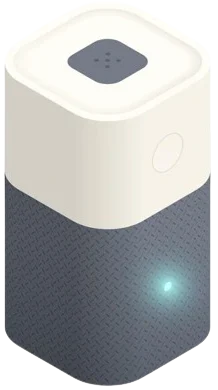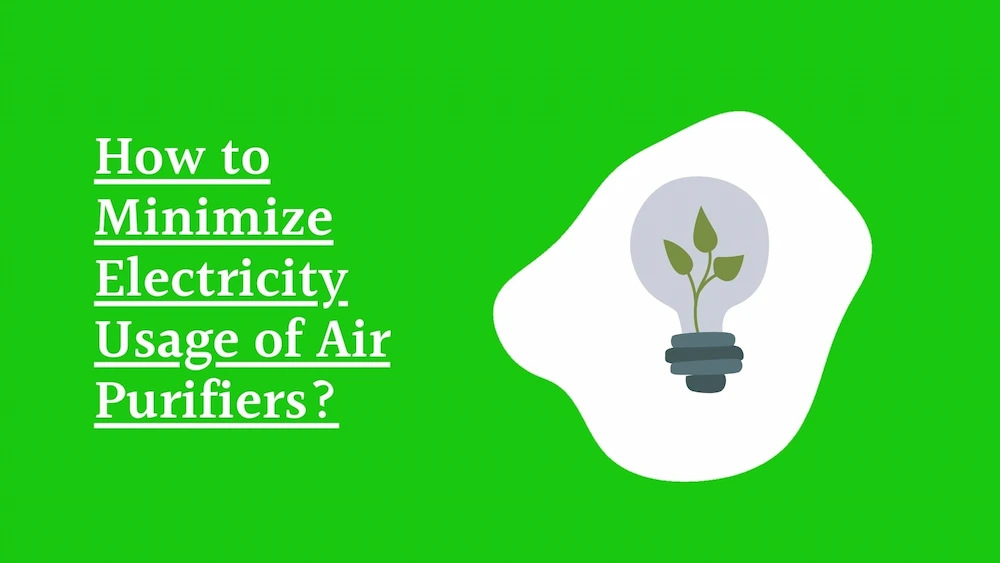In an age where environmental consciousness and energy savings are paramount, many home dwellers are concerned about the electricity consumption of their air purifiers. As a homeowner or environmental enthusiast, you may wonder if running an air purifier around the clock is a costly energy expense. This instructional post will guide you through the various ways you can minimize the electricity usage of your air purifier, ensuring you breathe easier without breaking the bank.
Understanding Air Purifier Electricity Consumption
An air purifier is a valuable appliance that improves indoor air quality, but it can also be a significant contributor to your electricity bill. The key influencing factors for electricity usage include the size and power of your air purifier, as well as the frequency of use.
Factors Influencing Electricity Usage
The primary electricity consumption factor is the motor that powers the air purification process. Larger, more powerful models will typically consume more energy. Additional features like UV-C lights and HEPA filters, while effective for purifying air, can add to the energy utilization.
Typical Energy Consumption Patterns
A typical air purifier running at higher speeds can consume around the same energy as a small to mid-sized window air conditioning unit. If you run your purifier continuously, you’ll see a notable spike in your monthly electricity bill. However, not all purifiers are created equal in terms of energy efficiency.
Tips to Reduce Electricity Usage
Fortunately, there are several strategies you can employ to keep a lid on the energy consumption of your air purifier without sacrificing its efficacy.
1. Choose Energy-Efficient Models
When buying an air purifier, look for those that are energy efficient certified. These appliances have been tested and approved for their environmentally friendly and energy-saving features. They may be slightly pricier upfront, but the long-term savings on your electricity bill make them cost-effective choices.
2. Optimize Usage Hours
You don’t need to run your air purifier 24/7 to maintain a high air quality level. Identify peak usage times, such as during allergy seasons or when cooking, and schedule your air purifier to run during these hours using a timer or smart control functions.
3. Clean and Maintain Regularly
A well-maintained air purifier runs more efficiently. Regularly cleaning the pre-filter, changing the HEPA filter, and keeping the unit dust-free can reduce strain on the motor and ensure the purifier requires less energy to operate effectively.
4. Utilize Smart Features
Many modern air purifiers come equipped with smart technology such as air quality sensors and automatic mode adjustments. These features allow the purifier to run only when necessary, responding to changes in the air quality rather than operating continuously on a fixed schedule.
Calculating Electricity Costs
To estimate the electricity cost of running your air purifier, you’ll need to look at the unit’s wattage and the price per kilowatt-hour (kWh) charged by your electric provider. Here’s a simple formula to use:
Total Energy Use (kWh) = Power Consumption (watts) x Hours of Use / 1,000
Once you’ve calculated the total energy consumption, multiply it by the cost per kWh to determine your monthly usage cost.
Conclusion
Your air purifier should be a source of health and peace of mind, not a source of undue financial strain. By following these energy-saving tips, you can enjoy improved air quality without a hefty electricity bill. Make the switch to an energy-efficient model, use your purifier smartly, and maintain your device — your wellbeing and wallet will both thank you.
Fausto Bhangi, the creator of Iniciar Sesion, has been delving into air purifiers and indoor air quality since 2019. As our chief tester, he oversees all the evaluations we conduct on air quality products. Hence, you’ll consistently find his name associated with our reviews.

